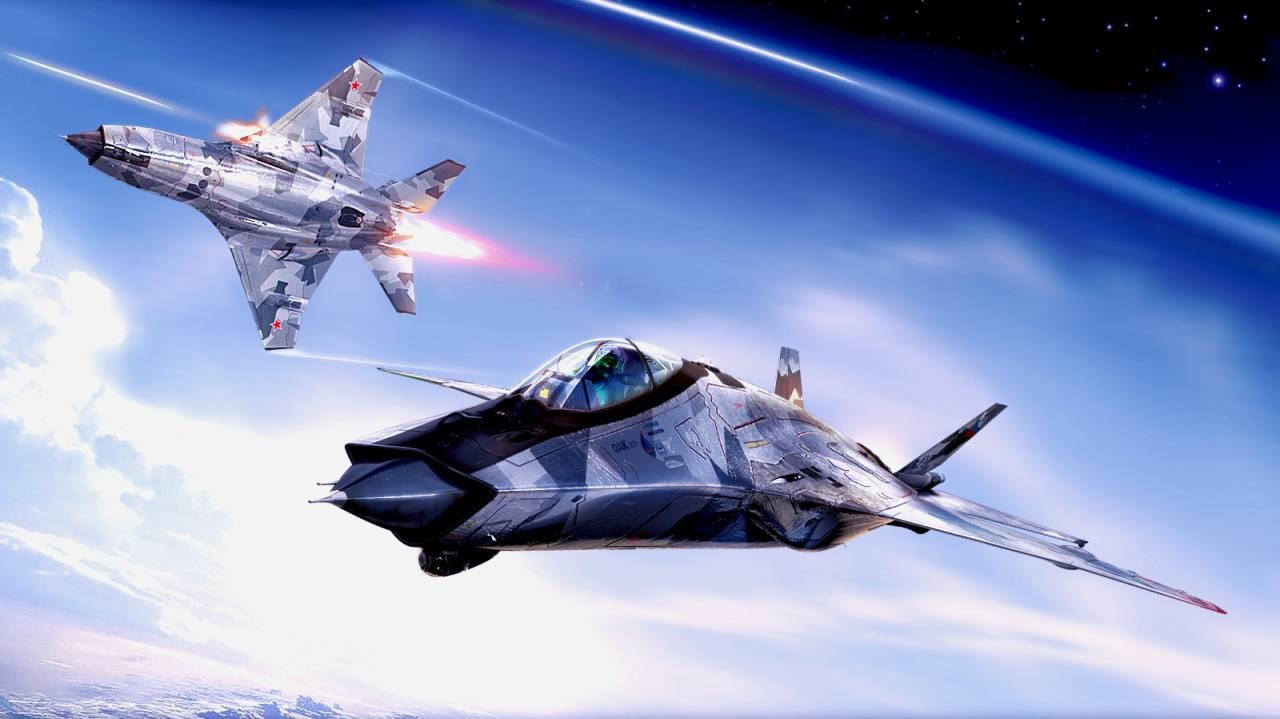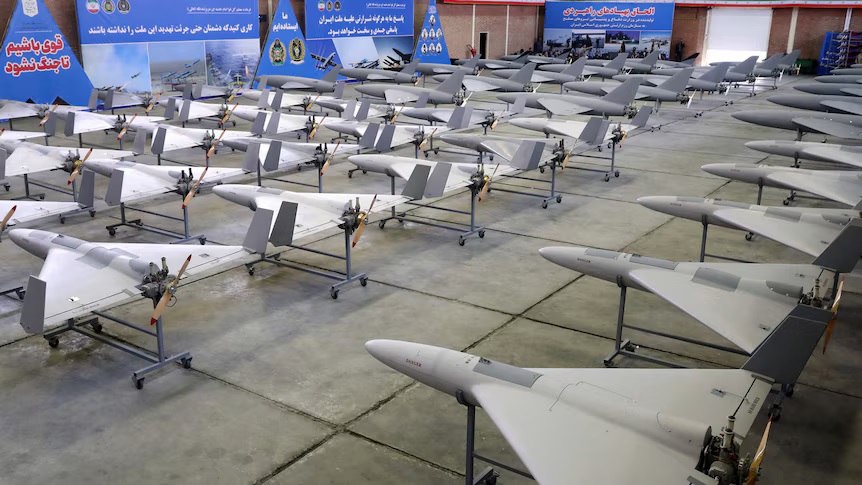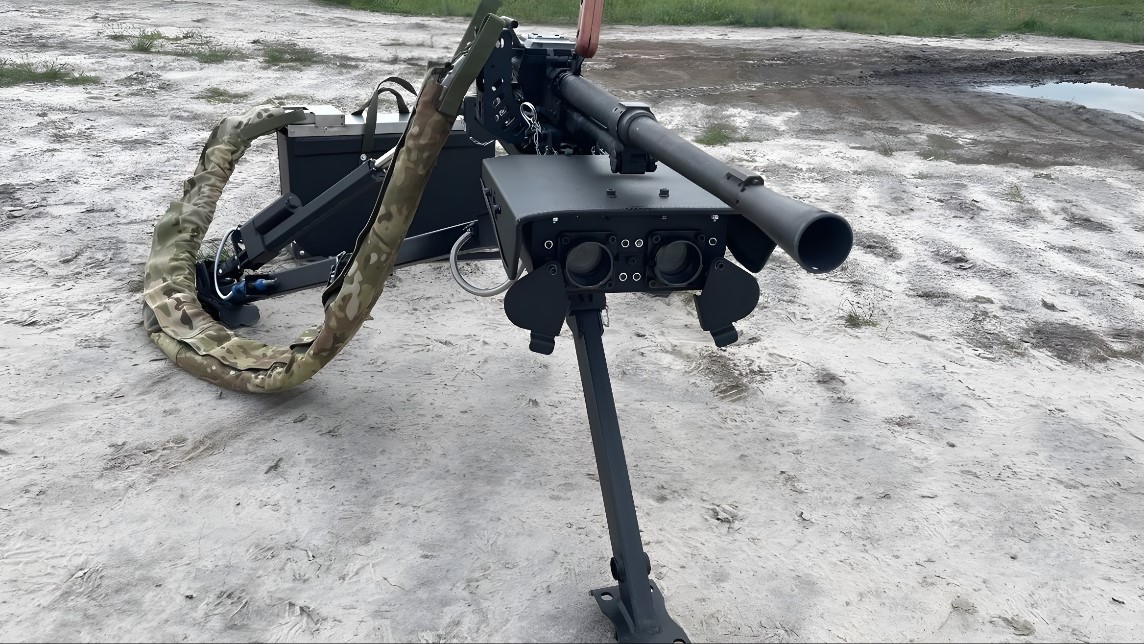Russia's Next-Gen Fighter, MiG-41 with Hypersonic Might and Electromagnetic Cannon

Defense News ,Russia :- Russia is making strides in aviation engineering with the reported development of the revolutionary 6th-generation fighter, known as the MiG-41. This aircraft aims to transcend boundaries, not only within the navigable atmosphere but also venturing into low space orbits. Drawing inspiration from the esteemed MiG-31M, this cutting-edge development promises to introduce features unprecedented in the aviation world, as reported by Bulgarian Military.
The MiG-31M: A Forgotten Marvel
Even among fervent aviation enthusiasts, the existence of the modernized MiG-31M might be obscure. Allegedly developed in the 1990s, this overlooked aircraft holds the potential for legendary status. Despite its lack of fame, the reasons behind its halted mass production remain subjects of speculation among Russian analysts.
However, the MiG-31M deserves recognition for the groundwork it lays for the eagerly anticipated next-generation supersonic interceptor, the MiG-41. Emerging from a rigorous modernization process, the MiG-31M boasts enhancements both externally and internally. Notable upgrades include an expanded 300-liter fuel tank, an advanced Zaslon-M radar, and the capacity to carry six air-to-air missiles. Regrettably, economic turmoil in the 1990s prevented the MiG-31M from entering large-scale production.
The MiG-41: A Vision on the Horizon
Russian experts estimate that the Russian Aerospace Forces' (VKS) sixth-generation MiG-41 combat aircraft will take flight by 2025. However, the primary challenge lies in developing the pulse-detonation engine that will power the aircraft.
Sfera, a Russian tech magazine, acknowledges the progress made in engine development but highlights the uncharted territory ahead. Concerns arise over managing the engine's wear and tear due to the dynamic loads it will handle.
Speculation suggests the MiG-41 may operate using an alternative engine, potentially borrowing from the Su-57 or utilizing the P-579-300 engine from the Soyuz AMNTK. The P-579-300, with its developed gas generator, traces its roots back to the Yak-141.
Anticipating Arrival: The Timeline of the MiG-41
Speculation swirls around the evolution of the MiG-41, with limited official confirmations. The latest conjecture anticipates deployment by 2028, deviating from earlier estimates. However, the highly classified nature of the project leaves much uncertain.
Unlocking Speed: The 4.3 Mach Super Turbofan Engine
Reports from 2022 hint at the MiG-41's remarkable speed capabilities, reaching Mach 4.3. AMNTC Soyuz's divulgence of information on the R-579-300 engine sheds light on its potential application. This engine, capable of Mach 4.3 speed, could find its place in the MiG-41, offering unprecedented performance.
MiG's unique project involves developing a new vertical take-off deck-based fighter, with whispers of the R-579-300's ability to perform vertical take-offs without a rotating nozzle. This feature, coupled with a power take-off shaft for fan attachment, presents an intriguing proposition.
Advanced Weaponry: EMP Guns and Missiles
Russia's development of an electromagnetic pulse (EMP) gun poses a significant advancement in aerial warfare. This 'energy gun' could redefine target ranges, potentially surpassing existing capabilities. Sources suggest equipping the MiG-41 with R-37 missiles, enhancing its offensive capabilities.
Reports from Izvestia highlight the potential inclusion of a multi-purpose interceptor missile system in the MiG-41, capable of handling hypersonic munitions with multiple warheads. With the looming depletion of resources for existing MiG-31 engines, the urgency to complete the MiG-41's development by 2025 is apparent.
The MiG-41 represents a leap forward in aviation technology, pushing the boundaries of what's possible in aerial warfare. With its advanced features and capabilities, it promises to solidify Russia's position as a leader in military aviation. As speculation gives way to reality, the world awaits the unveiling of this groundbreaking aircraft and the impact it will have on future conflicts.


